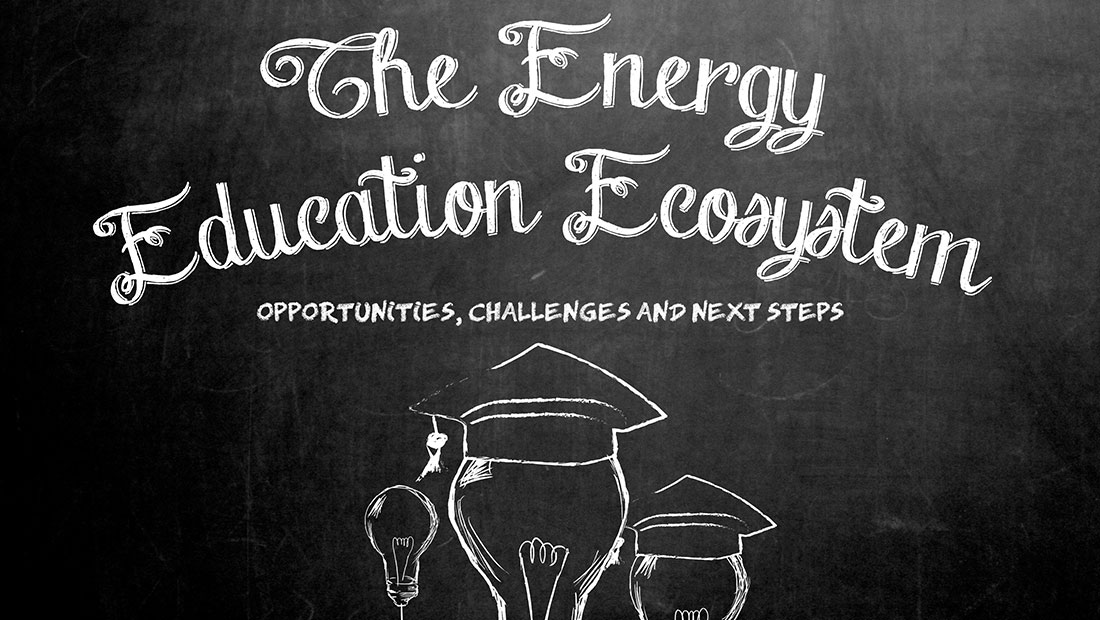
23 Jun The Energy Education Ecosystem: Opportunities, Challenges and Next Steps
When talking about the future grid—from microgrids to renewable energy to data and analytics—a lot of the talk naturally focuses on technology. But success in these areas isn’t just about technology; people are an important part of the success, too. There is an urgency with educating today’s and tomorrow’s workforce about energy and getting them excited about it. How do we best get students involved in the power industry?
This report, The Energy Education Ecosystem: Opportunities, Challenges and Next Steps, delivers key snippets of discussions about the energy education ecosystem, along with key focus areas and next steps, from Zpryme’s ETS_edu event in Austin.
Key Questions
- With the education time horizon for kids spanning decades, and the timeline of companies focused on each fiscal year, how do companies find the right balance between investing in kids’ long-term success while taking care of today’s needs and paychecks?
- What disciplines outside of the science, technology, engineering, or math in STEM would best complement that core?
- What role do in-classroom versus out-of-classroom experiences play in energy education?
- How do we not scare kids about engineering professions?
- What are the roles of energy education versus energy training? Which matters more?
Key Findings
- Industry partnerships are not just about hiring and funding students, but playing the role of mentors and educators about the energy industry.
- It is important to bring energy education to younger kids—even if the impacts of the education may not be fully realized for several years.
- Family and community play critical roles in children’s education. Consider the role of educating both families and the broader community around energy.
Related Videos From ETS15@edu


